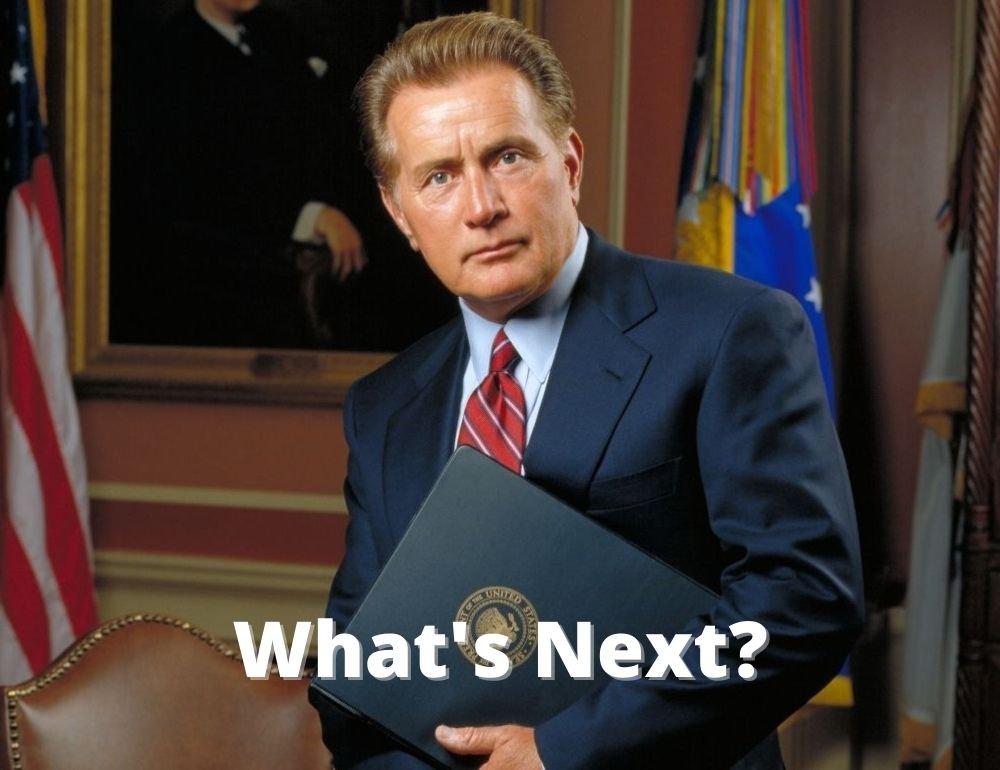What’s next?
As a life-long activity addict and dedicated doer, I’ve spent a lot of time studying time management through a single lens:
How can I get more done in less time so I can get more done?
Sound familiar?
And I don’t know about you, but mostly, this has served me well.
Through tools like the urgent/important matrix, saying no to other people’s priorities, being boundaried with my focus, setting goals, devising schedules and all manner of time-saving and productivity-boosting hacks, I’ve managed to do a lot of stuff - some of which I’m pretty proud of.
But here are the problems I’ve discovered with this approach:
Busy-ness, productivity and efficiency are different to effectiveness: doing a lot is not the same as doing what matters most.
Some things - like relationship building, managing poor health, navigating change - cannot be simply ticked off a list.
Having a constant to do list means forever living in the near future at the expense of attending to the present.
After all, if everything is either ‘to do’ or ‘done’ when are we ever ‘doing’?
Or more to the point - doing nothing…?
I know that my perpetual productivity is fuelled by a need to bring order to chaos. By a romantic idealism that tells me anything is possible. A pragmatic realism that reminds me there is only so much time to get it all done. And a deeper desire for it all to add up to something bigger than the individual parts.
But at the end of the day, who wants their friends and family standing round at their funeral saying, “gosh, he sure got a lot done.”
So.
I’ve decided to take a more radical approach to time management. And it has nothing to do with goals, calendars, productivity tracking, email triage or saying no to distractions.
It is what Carl Jung advised.
It is simple but not easy.
It is just this:
“to quietly do the next most necessary thing.”
Will you join me?

